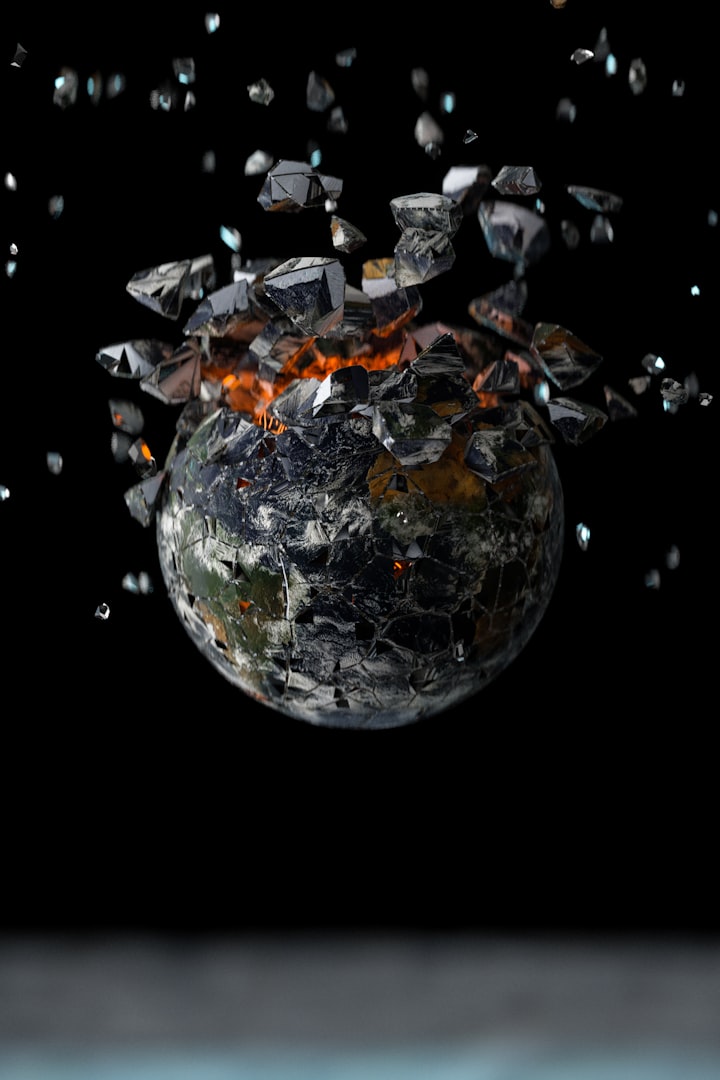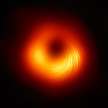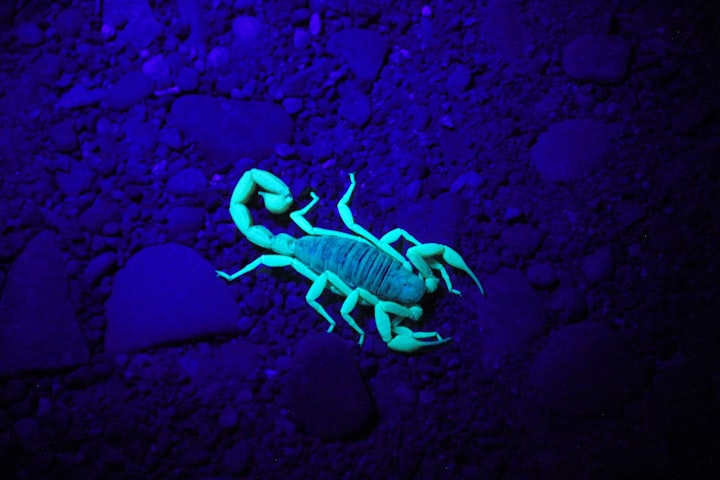The Ultimate Apocalypse
Could Humanity Really Wipe Itself Out?

Humanity's fascination with the apocalypse has been a recurring theme in science fiction and popular culture. From nuclear war to deadly viruses and cataclysmic events, the possibilities of complete extinction have captured our imaginations. But could we actually bring about our own demise? In this article, we'll delve into some of the most popular doomsday scenarios, analyze their feasibility, and explore the remarkable resilience of life on Earth.
The Nuclear Conundrum: The Challenge of Eradicating Humanity
One of the most iconic apocalyptic scenarios involves a global nuclear war, wiping out humanity in one fell swoop. The notion of nuclear Armageddon has been portrayed in various movies and books, creating a sense of urgency to prevent such a catastrophe. While this notion seems terrifyingly possible, the reality is more complex than a simple "press the button" scenario.
Even if all nuclear powers united in a coordinated effort to launch every available missile, there wouldn't be enough firepower to eliminate everyone. With approximately 12,500 nuclear warheads worldwide and over ten thousand cities, urban areas might face massive destruction, but rural regions could potentially escape the initial devastation. Moreover, while nuclear winter and subsequent famine could lead to significant casualties, history shows that humanity has endured harsh conditions and survived.
Deadly Viruses: A Threat to All Life?
Another sinister approach to wiping out humanity is through engineered viruses. This idea has been explored extensively in fiction, often depicting a world devastated by a highly contagious and lethal virus. However, spreading a virus on a global scale presents a logistical challenge. Urban areas would undoubtedly suffer the most, given their high population density and interconnectedness. Yet, rural and isolated regions might evade the worst effects of such a virus, thanks to lower population density and geographical barriers.
The concept of a virus transmitted through water could pose a more significant threat. Contaminating water sources—lakes, reservoirs, and oceans—could expose a larger portion of the global population to the virus. However, even with a waterborne virus, there would likely be some percentage of the population that possesses innate immunity. As a result, the path to complete extinction remains uncertain.
Targeting the Planet Itself: The Gray Goo and Atmosphere Alteration
If eradicating humanity proves to be an intricate task, could we direct our efforts toward eliminating all life on Earth? Surprisingly, this objective could be more achievable, albeit with significant ethical and technological considerations. The concept of "gray goo," involving self-replicating nanobots designed to consume carbon-based matter, presents a unique and potent threat to ecosystems.
However, the effectiveness of gray goo in eradicating all life is uncertain. While it could dramatically alter ecosystems, it might not succeed in killing every form of life. In contrast, tampering with Earth's atmosphere and magnetosphere could lead to planet-wide devastation. By weakening the magnetosphere, solar winds could strip away the atmosphere over time, subjecting life to harmful radiation. These methods, while intriguing, also raise questions about their unintended consequences and ethical implications.
Planetary Catastrophes: Shattering Earth and the Resilience of Life
For the ultimate apocalypse scenario, what about shattering the Earth into millions of pieces? The concept of overcoming Earth's gravity through gravitational binding energy is mind-boggling. Achieving this goal would require a colossal amount of energy—so immense that it almost defies comprehension. To achieve such a feat, a relativistic kinetic kill vehicle—an object traveling at speeds near the speed of light—would be needed.
While the idea of shattering the planet may sound like science fiction, it underscores the extent of human imagination and creativity. However, it also prompts us to consider the potential consequences of wielding such immense power over our own destiny.
Life Finds a Way: The Resilience of Earth's Ecosystems
Throughout history, life on Earth has demonstrated remarkable resilience. Even in the face of catastrophic events, certain species have managed to survive, adapt, and repopulate. This resilience is evident in the aftermath of various natural disasters and environmental changes. The search for habitable planets beyond Earth's borders reveals that a planet's location in the habitable zone—commonly known as the Goldilocks zone—is a crucial factor for life to flourish.
While altering Earth's orbit or its atmosphere may be extreme concepts, the fact remains that life has an uncanny ability to persevere in the face of adversity. Earth's biodiversity and intricate ecosystems have evolved over millions of years, adapting to changing conditions and challenges. This resilience serves as a testament to the intricacy and interconnectedness of life on our planet.
Conclusion: Balancing Power and Responsibility
As we contemplate the potential for doomsday scenarios, it's crucial to balance our imaginative curiosity with the responsibilities we hold as stewards of our planet. While the allure of apocalyptic narratives captures our attention, they also highlight the complexities of life and our environment. The resilience of life on Earth reminds us that achieving total extinction, whether of humans or all species, might be more challenging than we think.
Advances in technology and science bring us closer to understanding our planet and its intricacies. However, these advancements also underscore the importance of considering the consequences of our actions and the potential impact on the delicate balance of life on Earth. As we continue to explore the boundaries of science and technology, let us also reflect on the value of preserving our planet's biodiversity and fostering a sustainable coexistence with all forms of life.






Comments
There are no comments for this story
Be the first to respond and start the conversation.